Introduction
Holsters are an integral accessory for firearm owners, serving as a critical component in ensuring safe storage and quick access to their weapons. Whether for law enforcement officers, military personnel, or civilian gun owners, the choice of holster can significantly impact both safety and operational efficiency. However, the complexity increases when considering firearms equipped with light attachments. These attachments add bulk and weight to the firearm, requiring specialized holsters designed to accommodate both the gun and the light securely. In this comprehensive guide, we delve into the intricate world of selecting, designing, and utilizing holsters tailored specifically for firearms with light attachments, providing detailed insights and practical recommendations to assist firearm owners in navigating this specialized realm.
Expanding further, the relationship between a holster and its firearm is crucial, as it directly affects the accessibility and readiness of the weapon. Factors such as holster material, design features, and retention mechanisms play pivotal roles in ensuring a secure and efficient carry. Moreover, with the increasing popularity of firearm lights for low-light and tactical situations, the demand for holsters capable of accommodating such attachments has surged. Therefore, understanding the nuances of selecting the right holster for firearms with light attachments becomes imperative for firearm owners seeking to optimize their equipment for safety and effectiveness in various scenarios.
The Importance of Holster Selection
Holsters are not merely accessories but essential tools for firearm owners, serving as the first line of defense against accidents and facilitating efficient deployment when needed. When selecting a holster for a firearm with a light attachment, the importance of a secure fit cannot be overstated. The added weight and bulk of the light attachment introduce unique challenges, making it imperative to choose a holster that can accommodate both the firearm and the light securely. Emphasizing the need for a snug fit and effortless accessibility, this section highlights the pivotal role of holsters in ensuring swift deployment in diverse situations, ultimately contributing to enhanced safety and preparedness. A well-chosen holster not only secures the firearm but also provides peace of mind to the user, knowing that their weapon is readily accessible yet securely held in place, even under strenuous conditions or sudden movements.
The Importance of Holster Selection
Holsters are not merely accessories but essential tools for firearm owners, serving as the first line of defense against accidents and facilitating efficient deployment when needed. When selecting a holster for a firearm with a light attachment, the importance of a secure fit cannot be overstated. The added weight and bulk of the light attachment introduce unique challenges, making it imperative to choose a holster that can accommodate both the firearm and the light securely. Emphasizing the need for a snug fit and effortless accessibility, this section highlights the pivotal role of holsters in ensuring swift deployment in diverse situations, ultimately contributing to enhanced safety and preparedness. A well-chosen holster not only secures the firearm but also provides peace of mind to the user, knowing that their weapon is readily accessible yet securely held in place, even under strenuous conditions or sudden movements. Additionally, the right holster can enhance comfort during extended periods of wear, reducing fatigue and discomfort for the user, especially in demanding environments or situations requiring prolonged readiness.
Ergonomic Considerations in Holster Design
Comfort, concealability, and ease of drawing the weapon are crucial considerations in holster design, particularly when accommodating the supplementary bulk of light attachments. Addressing these ergonomic factors, this section delves into how holster design influences user comfort and operational efficiency, offering insights into the importance of ergonomic features and adjustments to optimize the overall user experience. Furthermore, ergonomic considerations extend beyond simple comfort to include factors such as balance and weight distribution, ensuring that the holster remains stable and comfortable for the user throughout extended periods of wear, even in dynamic or physically demanding situations. Additionally, concealability plays a vital role in holster design, especially for concealed carry applications, where the ability to effectively conceal the firearm while maintaining accessibility is essential for both comfort and security.
Diving into Holster Types
Holster selection extends beyond material considerations to encompass various designs and configurations tailored to meet the diverse needs and preferences of firearm owners. From inside-the-waistband to outside-the-waistband and shoulder holsters, each design offers unique advantages and limitations. By analyzing the compatibility of each holster type with firearms equipped with lights, we provide readers with a comprehensive overview of their options, empowering them to make informed decisions based on their specific requirements and preferences. Understanding the nuances of each holster type allows users to choose the most suitable option for their intended use, whether it be for everyday carry, tactical operations, or recreational shooting, ensuring optimal comfort, accessibility, and functionality. Additionally, considerations such as retention mechanisms and adjustability further enhance the versatility and usability of different holster types, allowing users to customize their setup to suit their individual needs and preferences with firearms equipped with lights.
Understanding Retention Mechanisms
Retention mechanisms are integral to ensuring the secure retention of firearms and light attachments within holsters, preventing accidental dislodgment while enabling quick and reliable access when needed. This section explores the various retention mechanisms employed in holster design, offering insights into their operation and necessary adjustments to maintain steadfast retention under diverse conditions, thereby enhancing user confidence and readiness. By understanding the intricacies of retention mechanisms such as thumb breaks, passive retention systems, and adjustable retention screws, users can customize their holster setup to strike the perfect balance between security and accessibility, ensuring their firearm and light attachment remain securely in place during everyday carry or dynamic movements. Additionally, considerations such as retention level and draw stroke are examined to provide readers with a comprehensive understanding of how retention mechanisms impact holster performance and user experience, empowering them to make informed decisions when selecting a holster for their firearm equipped with a light.
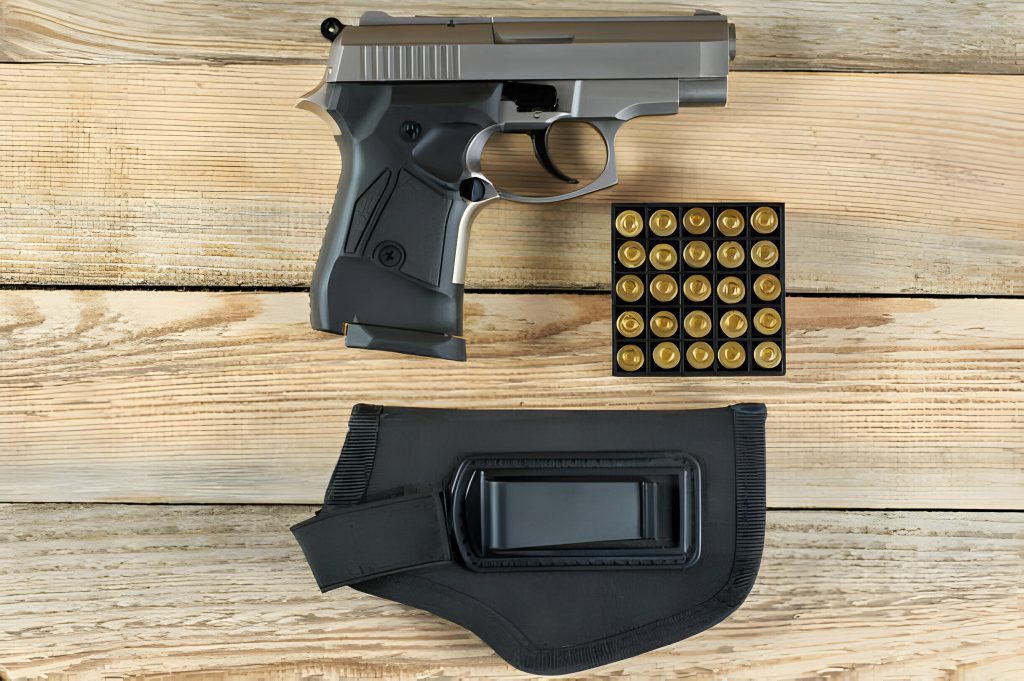
Practical Scenarios and Recommendations
Firearms equipped with light attachments are deployed in a myriad of practical scenarios, ranging from law enforcement operations to home defense and outdoor activities. In this final section, we examine how holster design influences usability and functionality in each context, drawing upon real-world scenarios to provide pragmatic recommendations tailored to specific use cases. By offering practical insights and actionable recommendations, we empower firearm owners to select and utilize holsters effectively, ensuring optimal safety and preparedness in any situation. Understanding the unique challenges and requirements of each scenario allows users to make informed decisions when choosing a holster, ensuring that their firearm with a light attachment remains accessible and secure when needed most. Additionally, by incorporating feedback from professionals and enthusiasts who have tested various holster designs in real-world scenarios, we provide readers with valuable insights into the performance and reliability of different holster options, facilitating confident decision-making and enhancing overall user experience.
Conclusion
In conclusion, the selection, design, and utilization of holsters for firearms with light attachments represent a nuanced and multifaceted endeavor that requires careful consideration of various factors. By understanding the importance of holster selection, exploring the diverse range of materials and designs available, and considering ergonomic considerations and retention mechanisms, firearm owners can make informed decisions to enhance safety, accessibility, and preparedness in their everyday lives. Through this comprehensive guide, we aim to equip firearm owners with the knowledge and insights necessary to navigate the specialized realm of holsters for firearms with light attachments, ultimately fostering a safer and more secure firearms culture.
Frequently Asked Questions
Q1.What are the key factors to consider when selecting a holster for a firearm equipped with a light attachment?
When choosing a holster for a firearm with a light attachment, it’s essential to prioritize factors such as secure fit, easy accessibility, comfort, and compatibility with the specific firearm and light model.
Q2.What are the advantages of different holster types, and which one is best for firearms with light attachments?
Various holster types, including inside-the-waistband, outside-the-waistband, and shoulder holsters, offer unique advantages and limitations. The best choice depends on factors such as intended use, concealability, and personal preference.
Q3.How do retention mechanisms contribute to the security of firearms and light attachments within holsters?
Retention mechanisms play a crucial role in ensuring the secure retention of firearms and light attachments within holsters, preventing accidental dislodgment while enabling quick and reliable access when needed.
Q4.What are some practical scenarios where firearms with light attachments might be employed, and how does holster design impact usability in these situations?
Firearms with light attachments are utilized in various scenarios, including law enforcement operations, home defense, and outdoor activities. Holster design influences usability by affecting factors such as comfort, accessibility, and retention.
Q5.How can users optimize their holster setup for firearms with light attachments to ensure optimal safety and preparedness?
Users can optimize their holster setup by selecting a holster that accommodates both the firearm and light securely, considering factors such as material, design features, and retention mechanisms. Regular practice and adjustment based on individual preferences and feedback from real-world scenarios are also essential for optimal performance.
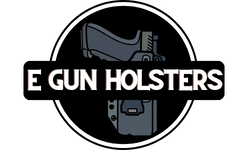



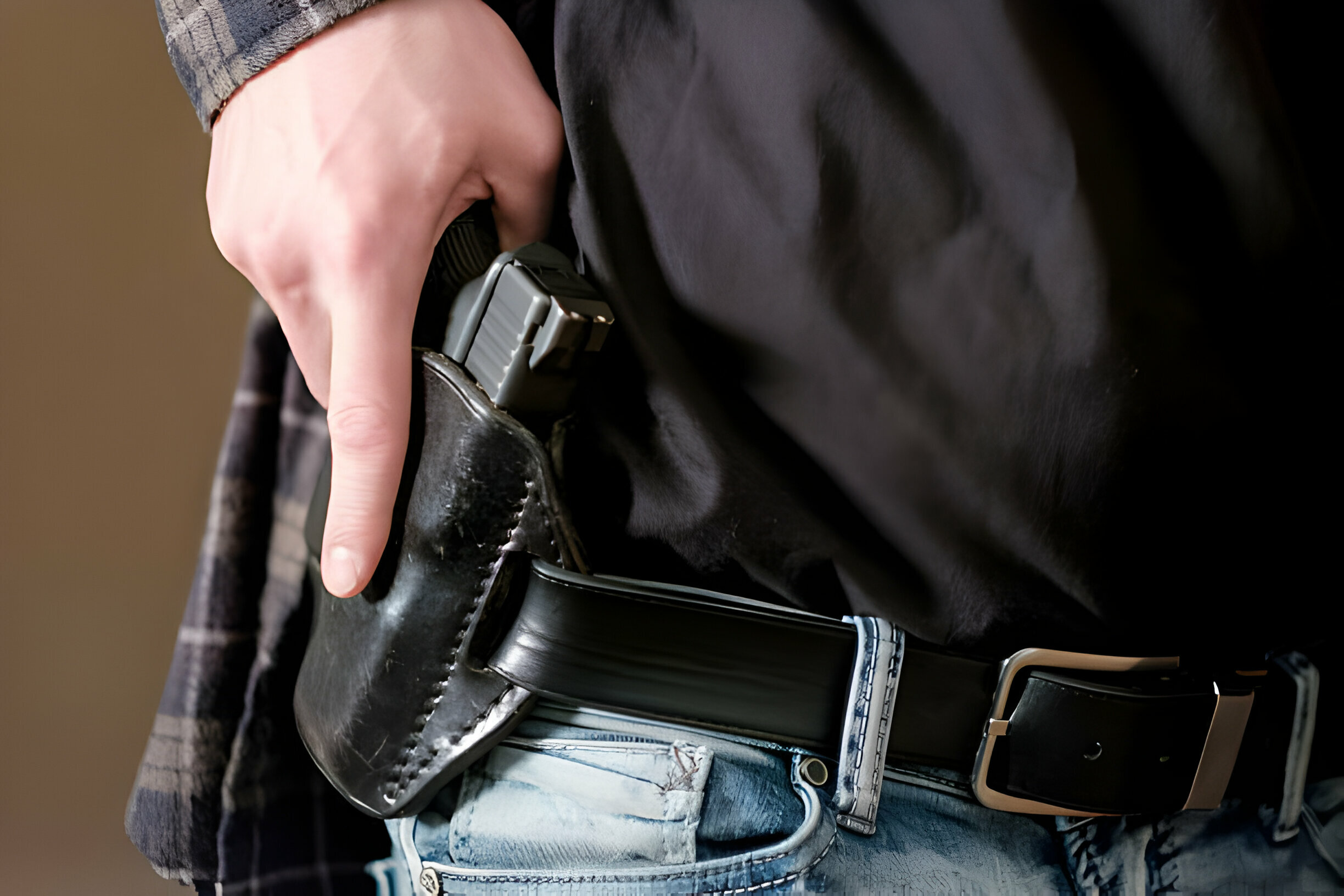

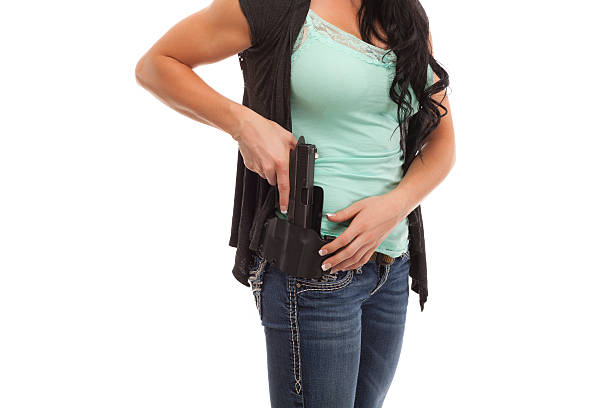


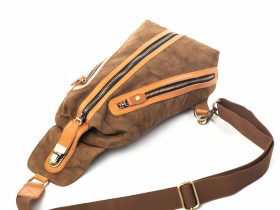
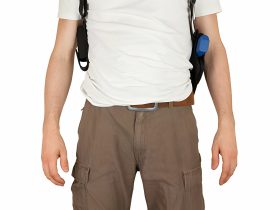
Leave a Reply